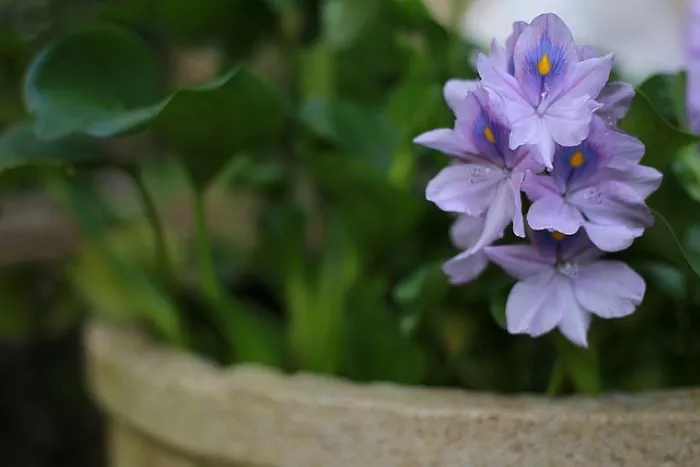Cut flowers bring beauty and joy into our homes. However, they have a limited lifespan once cut. To extend their freshness and vitality, providing proper nutrition is essential. This article explores various options for plant food that can help keep cut flowers looking their best for longer.
Understanding the Needs of Cut Flowers
Cut flowers require specific nutrients to maintain their health after being harvested. These nutrients include carbohydrates, sugars, and water. Carbohydrates serve as an energy source, while sugars help flowers stay hydrated and vibrant. Moreover, cut flowers also need a clean environment to prevent bacterial growth, which can shorten their lifespan.
When flowers are cut, they lose their source of nutrients. Therefore, providing an appropriate plant food solution is crucial for their longevity. The right mixture can help flowers absorb water more effectively and delay wilting.
Commercial Flower Food
One of the most effective options for feeding cut flowers is commercial flower food. This product is specifically formulated to provide essential nutrients. It typically contains a mix of sugars, acids, and biocides to promote hydration and prevent bacterial growth.
Commercial flower food is easy to use. Simply dissolve the recommended amount in water according to the instructions on the packet. Most florists provide this food with purchased bouquets. If you do not have any, it can be bought at garden centers or online.
Using commercial flower food is often the best choice for those who want a reliable and effective solution. It is designed to meet the specific needs of cut flowers and can significantly extend their lifespan.
Homemade Plant Food Solutions
If you prefer a more natural approach, several homemade solutions can also nourish cut flowers. These options can be made with common household ingredients and are often effective in providing essential nutrients.
One simple recipe involves mixing sugar and vinegar. Combine two tablespoons of sugar with two tablespoons of white vinegar in a quart of water. The sugar acts as a food source, while the vinegar helps lower the pH of the water, creating an environment that inhibits bacterial growth.
Another popular homemade solution includes lemon juice, sugar, and water. Mix one tablespoon of lemon juice and two tablespoons of sugar in a quart of water. The acidity of the lemon juice helps maintain a healthy environment for the flowers.
A third option is to use a mixture of baking soda and water. Dissolve one teaspoon of baking soda in a quart of water. This solution can help flowers absorb water more efficiently. However, it should be used sparingly, as too much baking soda can harm the flowers.
Using Aspirin as a Flower Preservative
Aspirin is another common household item that can benefit cut flowers. The salicylic acid in aspirin can help reduce wilting and promote water absorption. To use aspirin, crush one tablet and dissolve it in a quart of water. This solution can be added to the vase along with the flowers.
While aspirin can be effective, it is not a complete substitute for flower food. It is best used in conjunction with other solutions to provide comprehensive nutrition.
The Role of Water Quality
Water quality plays a crucial role in the longevity of cut flowers. Using clean, fresh water is vital. Tap water may contain chlorine and other chemicals that can harm flowers. If possible, use filtered or distilled water to provide the best environment for your cut flowers.
Before placing flowers in water, it is essential to prepare them properly. Trim the stems at an angle to increase the surface area for water absorption. Remove any leaves that will be submerged in water to prevent bacterial growth. This simple step can significantly improve the longevity of your cut flowers.
Maintaining Proper Conditions
In addition to providing plant food, maintaining proper conditions for cut flowers is essential. Keep the flowers in a cool location, away from direct sunlight and heat sources. High temperatures can cause flowers to wilt more quickly.
Regularly change the water in the vase every few days. This practice helps prevent bacterial growth and ensures that the flowers have access to fresh nutrients. When changing the water, re-trim the stems to enhance water absorption.
Conclusion
Providing the right plant food for cut flowers can significantly extend their lifespan and enhance their beauty. Commercial flower food is a reliable option, but homemade solutions can also be effective. Ingredients like sugar, vinegar, lemon juice, and aspirin can nourish flowers and promote hydration.
In addition to using the right food, maintaining water quality and proper conditions is crucial. By following these guidelines, you can enjoy your cut flowers for a longer time, bringing joy and beauty to your home.


